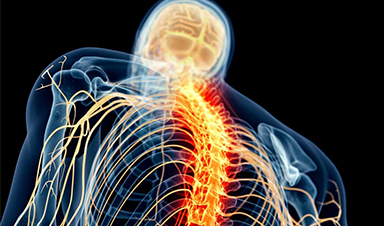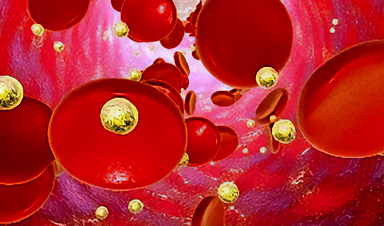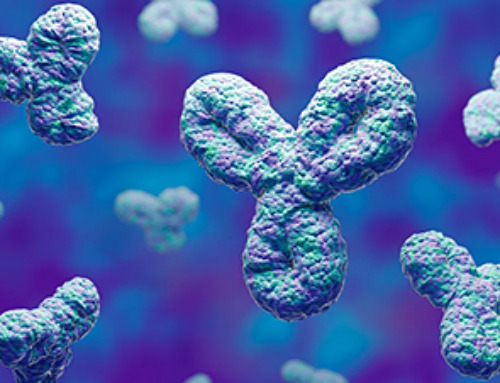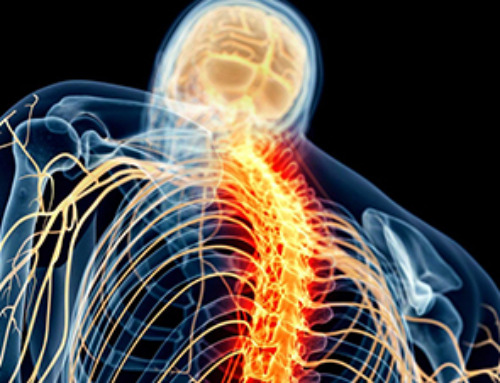From an article by Dr. ir Johannes Drooghaag :
Blockchain, by some seen as the answer to every problem, is promoted by many, including myself, as a possible solution for many cyber security issues. The structure of blockchain, combining distributed ledger, consensus on proof of work and proof of stake, encryption by design and linked blocks, provides a lot of layers of protection. This does however not mean that blockchain can’t be hacked at all, it just means that it would take a lot of effort and resources to do so.
What we have to be very careful with is creating false sense of security, something I keep stressing during my workshop Cybersecurity for Road Warriors (and Couch Potatoes) and publications on this topic, by hyping the security aspects way beyond reality. With the hype around blockchain and all blockchain based crypto-currencies, and “better than anything because we use blockchain” projects, we are setting ourselves up for yet another security myth by believing that blockchain is unhackable. This article is a collection of findings and theories during research on the currently known safety issues related to blockchain. Some attack vectors are already out in the field and have lead to high profile thefts and hacks, others are theoretical and listed for the purpose of demonstrating the concept.
Specially engineered antibody delivers RNA therapy to treatment-resistant tumors
Elias Quijano, PhD; Diana Martinez-Saucedo, PhD; Zaira Ianniello, PhD; and Natasha Pinto-Medici, PhD, there are 25 other contributors, most from Yale's Department of Therapeutic Radiology and from the departments of genetics, molecular biophysics and [...]
Vaccinated women face fewer cervical cancer risks
New data from Denmark shows the HPV vaccine’s powerful long-term impact, while also revealing why cervical cancer screening is still essential. A Danish study published in the journal Eurosurveillance reports that women who received the human [...]
3D-printed implant offers a potential new route to repair spinal cord injuries
A research team at RCSI University of Medicine and Health Sciences has developed a 3-D printed implant to deliver electrical stimulation to injured areas of the spinal cord, offering a potential new route to [...]
Nanocrystals Carrying Radioisotopes Offer New Hope for Cancer Treatment
The Science Scientists have developed tiny nanocrystal particles made up of isotopes of the elements lanthanum, vanadium, and oxygen for use in treating cancer. These crystals are smaller than many microbes and can carry isotopes of [...]
New Once-a-Week Shot Promises Life-Changing Relief for Parkinson’s Patients
A once-a-week shot from Australian scientists could spare people with Parkinson’s the grind of taking pills several times a day. The tiny, biodegradable gel sits under the skin and releases steady doses of two [...]
Weekly injectable drug offers hope for Parkinson’s patients
A new weekly injectable drug could transform the lives of more than eight million people living with Parkinson's disease, potentially replacing the need for multiple daily tablets. Scientists from the University of South Australia [...]
Most Plastic in the Ocean Is Invisible—And Deadly
Nanoplastics—particles smaller than a human hair—can pass through cell walls and enter the food web. New research suggest 27 million metric tons of nanoplastics are spread across just the top layer of the North [...]
Repurposed drugs could calm the immune system’s response to nanomedicine
An international study led by researchers at the University of Colorado Anschutz Medical Campus has identified a promising strategy to enhance the safety of nanomedicines, advanced therapies often used in cancer and vaccine treatments, [...]














Leave A Comment